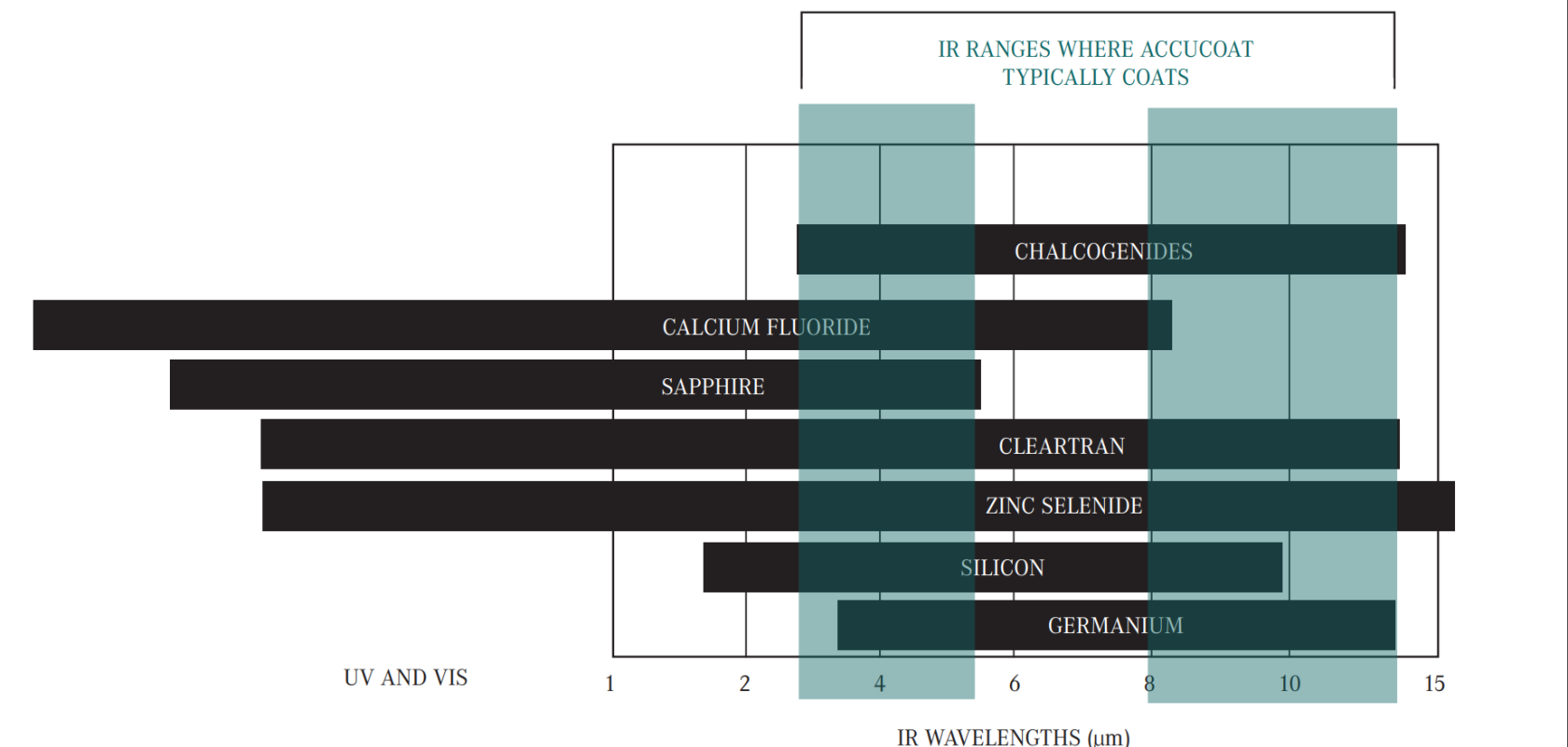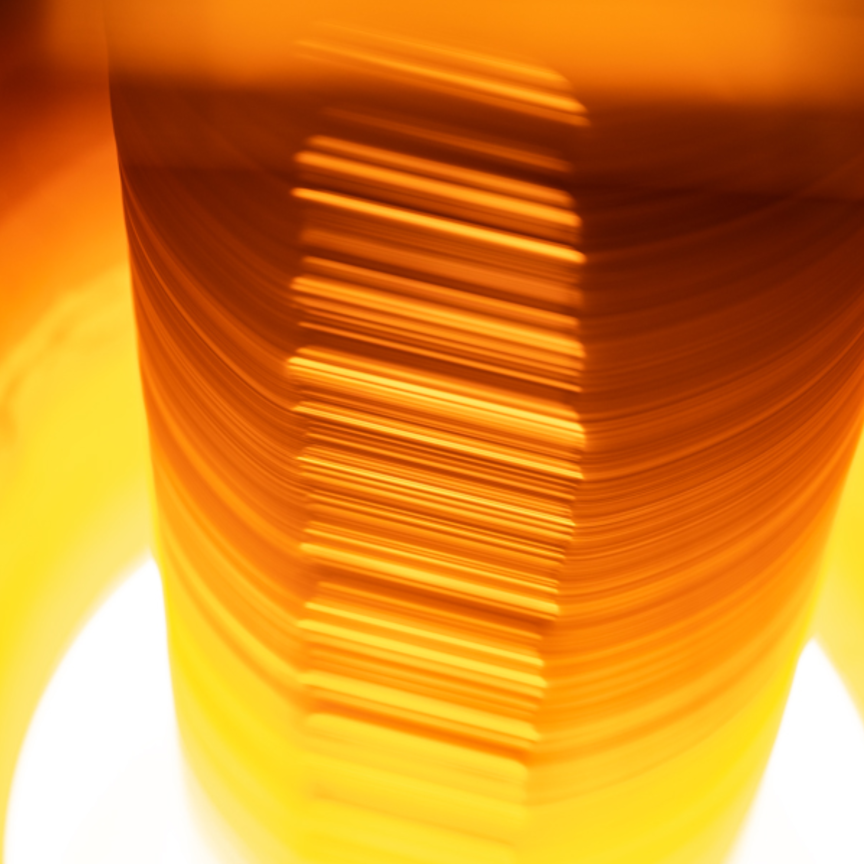What do original equipment manufacturers (OEMs) and scientific researchers need to ponder when it comes to optical coatings for IR materials? Accucoat’s Paul Meier-Wang reveals all
In recent times, the optical industry has witnessed a significant shift in the landscape of materials used for infrared (IR) applications. With concerns about the availability of germanium, a once-prevalent choice for IR coatings, optical engineers and scientists are now exploring alternatives like chalcogenides. This change is not only impacting the commercial sector but also the military, each with its unique considerations.
The shift from germanium to chalcogenides
The murmurs about China potentially curtailing its germanium exports have stirred the industry. China, along with Russia, used to be a primary source of germanium, making this shift all the more significant. As a result, the spotlight has turned to chalcogenides as a germanium substitute. The urgency stems from the perceived prospect that sourcing germanium in large volumes may become exceedingly challenging by year-end.
Chalcogenides encompass materials like zinc selenide, germanium, and silicon, catering to IR applications in the 3-14 micron range. However, Chalcogenides aren't as straightforward to work with as zinc selenide, germanium, and silicon due to their sensitivity and varying substrate requirements.
Divergence between commercial and military optics
A crucial distinction arises when considering optical coatings for IR materials: the divergence between commercial optics and military-grade optics. These differences manifest primarily in two facets – durability and cost.
In the realm of military optics, uncompromising performance is non-negotiable. As a result, cost considerations often take a back seat. Military applications demand coatings that can withstand extreme environmental conditions, providing optimal functionality in the harshest of circumstances. This durability requirement often translates into a higher production cost.
Conversely, commercial applications, such as thermal imaging, rifle scopes, and surveillance equipment, often prioritise simplicity and affordability. Coatings for these applications must meet specifications but do not necessarily need to endure the same rigours as their military counterparts. This allows for a more cost-effective approach in the production of commercial optical coatings.
Problem solving expertise for optical coatings
One recurring challenge faced by OEMs and researchers is grappling with coatings that fail to meet their expectations. This can occur for a number of reasons, for example, if the coating supplier lacks the necessary expertise or employs improper materials and cleaning processes. Optical materials, especially those in the IR spectrum, demand precision and attention to detail.
At Accucoat, we pride ourselves on being problem solvers. Customers, both large and small, often turn to us when faced with coating issues, even if they have previously worked with other suppliers. We have extensive experience in guiding newcomers to the field of IR coatings, helping them navigate the complexities and arrive at coatings that meet their precise requirements.
Material science matters
One of the critical aspects that separates IR materials from traditional optical materials is their sensitivity and unique cleaning and handling requirements. Each IR material and its corresponding substrate demand a tailored approach to processing. Material science plays a pivotal role in ensuring the success of these coatings.
It is not uncommon for coatings to appear feasible initially but fail later due to material incompatibility. Therefore, it is vital to partner with coating suppliers who possess an in-depth understanding of these nuances and can offer solutions grounded in solid material science principles.
Transparency and honesty in delivery
Customers deserve transparency when it comes to delivery times and coating feasibility. Quick turnaround times can sound tempting, but if they are not realistic to deliver, it can lead to project delays and frustrations. At Accucoat, we believe in providing honest and accurate delivery estimates, typically turning around IR coatings in approximately three weeks.
Additionally, we are forthright when we believe a particular coating may not work as expected. Our commitment to honesty ensures that customers are able to make informed decisions, preventing potential coating failures down the line.
As the optical industry shifts its focus from germanium to chalcogenides for IR applications, OEMs and scientific researchers must navigate a complex landscape. Considerations surrounding material science, durability, and cost must align with the specific needs of the application, be it military or commercial.
At Accucoat, we stand ready to assist our customers in overcoming challenges and achieving coatings that not only meet but exceed their expectations. Our commitment to problem solving, material science expertise, and transparent communication ensures that IR optical coating needs are met with precision and reliability in a rapidly evolving industry.
Paul Meier-Wang is President at Accucoat
More information


